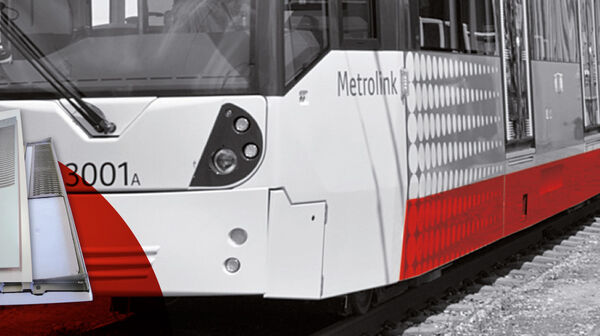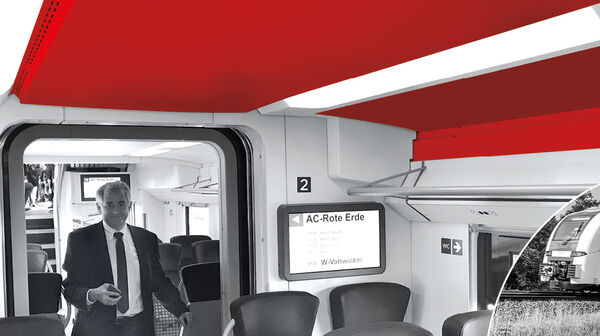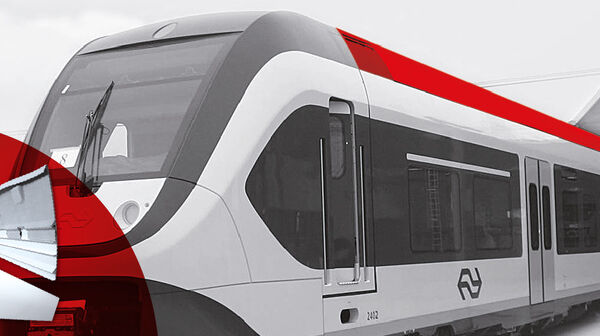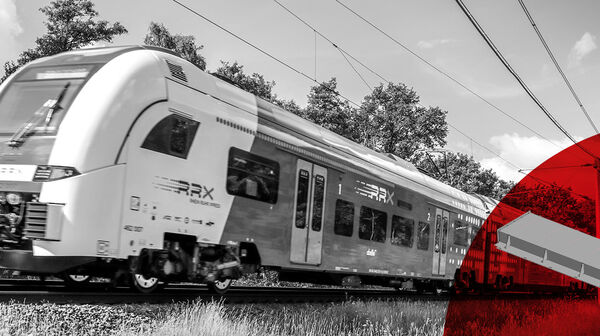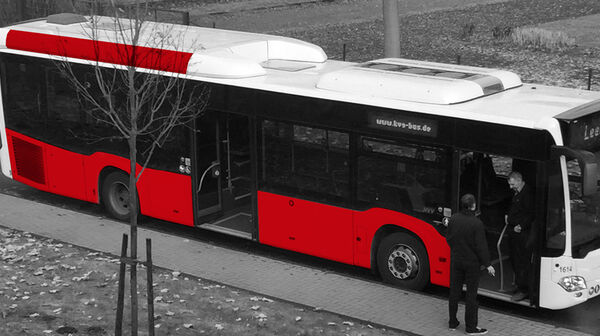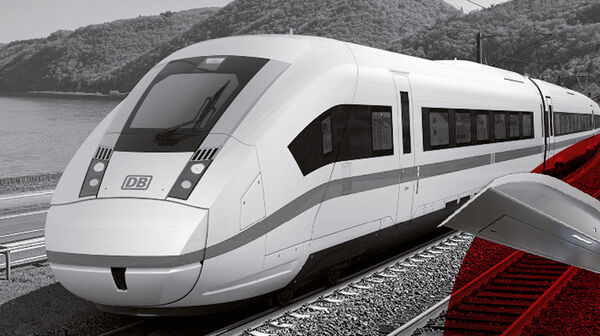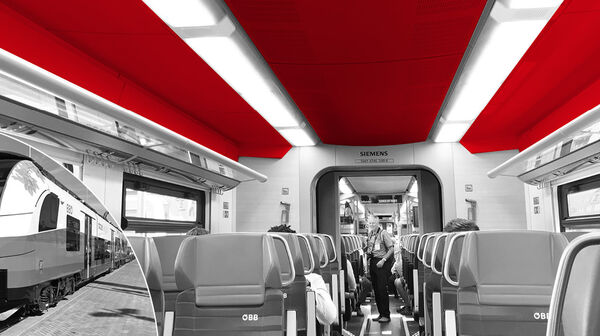GRP-based design solutions for commercial and railway vehicles
Composite materials are particularly popular in the transport sector due to their special technical and physical properties. TC has been working with renowned European manufacturers of railway vehicles, buses and lorries for many years. We use glass fibre-reinforced plastic (GRP) profiles to develop custom products that meet the most stringent requirements in terms of quality, safety and cost-effectiveness.
Lightweight for minimal energy consumption
With a density of approx. 1.95 g / cm³, a glass fibre reinforced pultrusion profile is lighted than a component made of a material like aluminium (2.7 g/cm³) or steel (7.87 g/cm³). But we also regularly manage to make the add-on components lighter, resulting in a low-weight overall assembly. Every kilogram of a vehicle is constantly being accelerated and then braked again. This uses up energy and thus costs money. You can save money with our lightweight components.
Freedom in design for customised shapes
We use fibre composite materials to manufacture components with unusual contours, undercuts, hooks, hollow chambers, and much else besides. Another option is the foam-filling of components. As such, there are very few constraints on the shape. We are happy to have a detailed discussion with you on what is and isn’t possible.
High strength and rigidity, high breakage resistance
Compared to other plastics and even metals, fibre composite components or composites can be used to transfer high mechanical loads. Steel components weighing several tonnes have been placed on supports made of fibre composite materials, which have proven lastingly effective. Describe your application to us, and we’ll provide the design ideas.
Are you facing similar challenges?
Let's talk about possible solutions.



